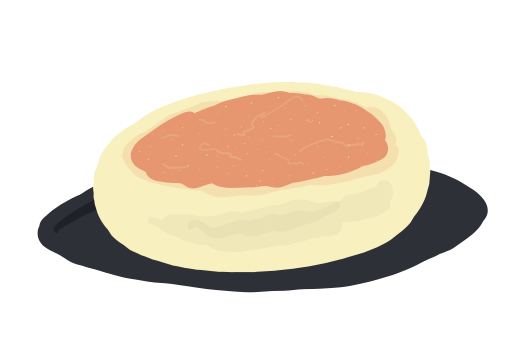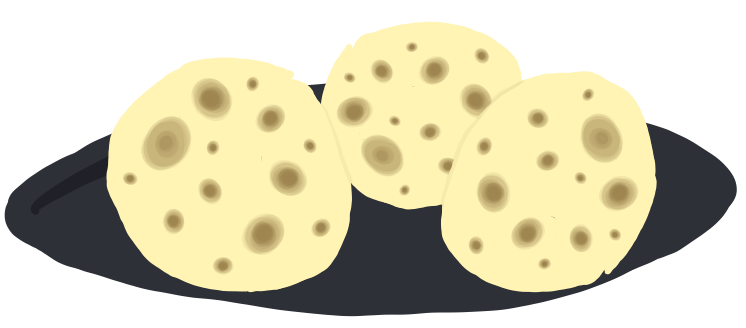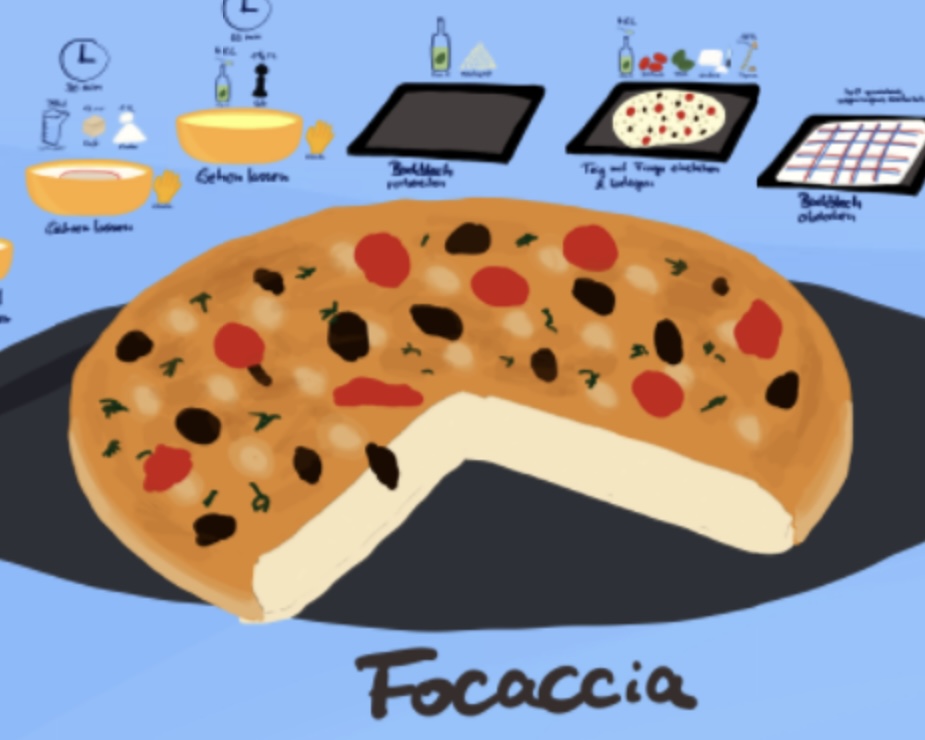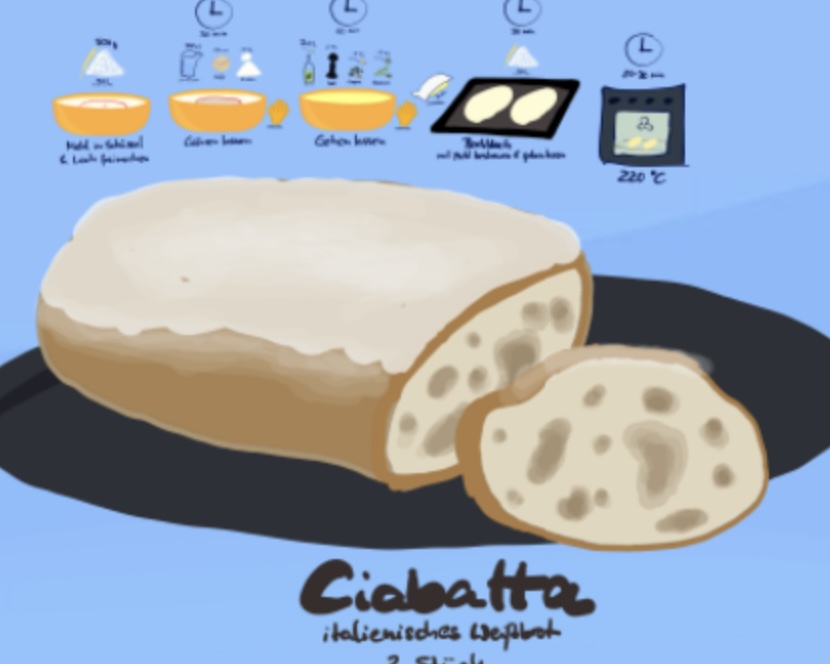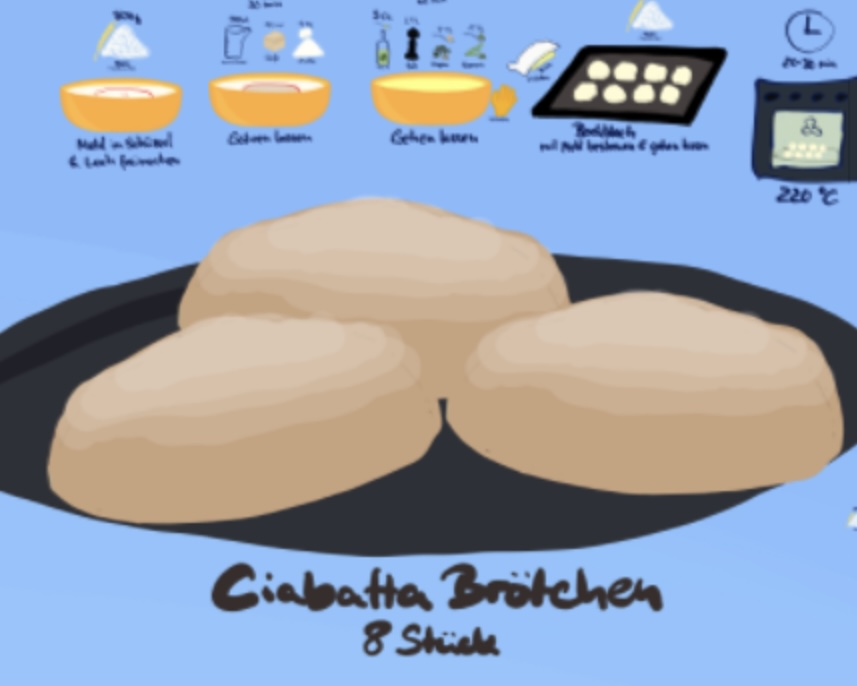Classic Rye Bread Recipe
Dense and hearty bread with a rich, nutty flavor, a bakery classic.Instructions: Tap the Map & Cook Along 👇
Rye Bread: A Robust Staple with a Rich Heritage
In the diverse world of bread, rye bread stands out for its distinctive flavor, dense texture, and rich cultural heritage. Known for its deep, slightly sour taste and firm consistency, rye bread is a favorite among bread enthusiasts who appreciate its unique qualities and nutritional benefits. From the rustic loaves of Eastern Europe to the delicatessen shelves of New York City, rye bread has a storied history and remains a beloved staple in many diets around the world. Let's delve into the world of rye bread and explore why this hearty loaf continues to captivate bakers and eaters alike.
The Roots of Rye
Rye bread is primarily made from rye flour, which is derived from rye grain—a hardy cereal that has been cultivated for thousands of years. Historically, rye has been a crucial crop in colder climates, particularly in Eastern Europe and Russia, where it thrives in harsh conditions that are less favorable for wheat. This adaptability made rye an essential food source for many cultures and cemented its place in culinary traditions across the globe.
A Spectrum of Styles
Rye bread comes in a variety of styles, each with its unique flavor profile and baking method. The spectrum ranges from light rye breads, which contain a mix of rye and wheat flours, to dark rye breads, which are made with whole rye grains, rye chops, and a longer fermentation process that intensifies the flavor. Among the most celebrated varieties is the German Pumpernickel, a dense, dark bread with a rich, sweet flavor achieved through a lengthy baking period at low temperatures.
In Scandinavian countries, rye bread like the Finnish Ruisleipä is a less dense, but equally cherished, part of the daily diet. This bread often features a sourdough base, which not only adds depth to the flavor but also improves digestibility and nutritional absorption.
Nutritional Powerhouse
Rye bread is not just notable for its taste—it's also highly regarded for its nutritional benefits. Rye is rich in fiber, which helps improve digestion and can contribute to a feeling of fullness, aiding in weight management. It also contains a good mix of vitamins and minerals, including magnesium, iron, and zinc. Furthermore, the presence of phenolic compounds in rye has been associated with a lower risk of chronic diseases such as diabetes, heart disease, and cancer.
Baking with Rye
Baking rye bread is an art that many bakers cherish for its challenge and the rewarding results. Unlike wheat flour, rye contains less gluten, which can make dough handling tricky but also offers a unique texture and flavor to the bread. Many rye bread recipes utilize a sourdough starter, which not only helps the dough rise despite the low gluten content but also contributes to the bread's characteristic tangy flavor.
Rye in Culinary Culture
Beyond its use as a basic food staple, rye bread plays a significant role in various culinary traditions. It is the foundation of the iconic Reuben sandwich and a perfect complement to smoked salmon in Nordic cuisines. Its robust flavor also makes it an excellent partner for strong cheeses and spicy meats.
Conclusion
Rye bread is more than just a source of sustenance; it is a bread with a personality—bold, nutritious, and deeply embedded in the culinary traditions of many cultures. For those who bake and consume it, rye bread offers a deeper connection to history, a range of health benefits, and a distinct taste that sets it apart from other breads. Whether enjoyed in a hearty sandwich, as a base for flavorful toppings, or simply with a smear of butter, rye bread is a beloved classic that continues to earn its place at the table.
